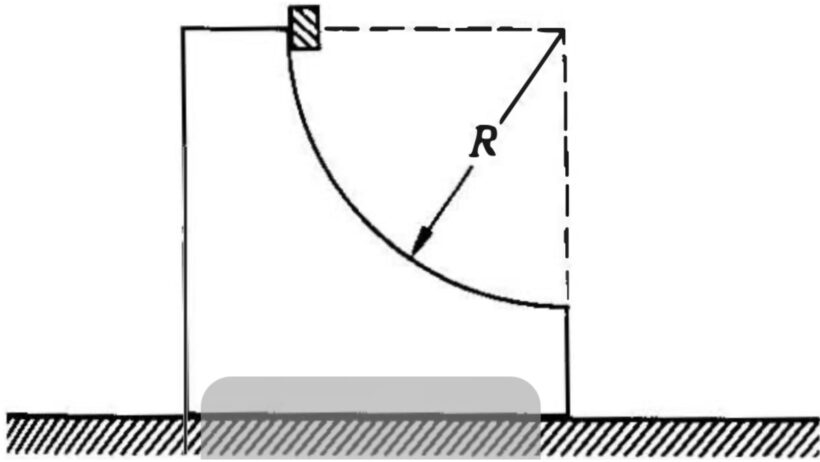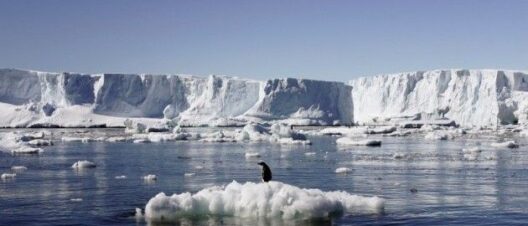Energy conservation is a fundamental principle in the field of physics, particularly in the study of mechanics. The law of conservation of energy states that energy cannot be created or destroyed in an isolated system; it can only transform from one form to another. A key aspect of this principle is understanding the implications of applying or not applying external torques to a system. When considering whether energy is conserved in a system free from external torque, one must explore several interrelated concepts, including mechanical energy, angular momentum, and the various forms of energy transfer.
Mechanical energy, itself divided into kinetic and potential energy, plays a critical role in analyzing energy conservation in systems. Kinetic energy, defined as the energy an object possesses due to its motion, is contingent on both mass and velocity. Potential energy, by contrast, is dependent on an object’s position within a field, such as gravitational or elastic fields. When external torque is absent, the dynamics of these energy forms become relevant, as the system can be analyzed without additional influences clouding the analysis.
To comprehend conservation of energy within the framework of rotational dynamics, one must turn to the principle of angular momentum. Angular momentum is a function of an object’s moment of inertia and its angular velocity. According to the conservation of angular momentum, if no external torque acts upon a system, its total angular momentum remains constant. This conservation law directly relates to energy conservation. When systems experience rotational motion without external influences, the energy associated with that motion—while transformable—remains conserved.
Examining a simple example aids in elucidating this concept. Consider a spinning disk in a frictionless environment. If the disk rotates without experiencing external torque, its angular momentum remains stable, and its kinetic energy is conserved. This paradigm illustrates how energy can oscillate between kinetic and potential forms without net loss or gain, ultimately confirming that energy remains conserved under these specified conditions.
One may wonder about scenarios that deviate from this simplicity. Real-world systems often involve friction, air resistance, and external influences that complicate the analysis of energy conservation. When external torques are introduced, they exert influence over the internal energy transfers, leading to alterations in the system’s energy dynamics. In these instances, the classical viewpoint that energy is conserved within the isolated system becomes muddied. Thus, counterexamples highlight the importance of rigorously defining the system under observation.
Moreover, understanding energy conservation in the absence of external torque also necessitates acknowledging systems at equilibrium. An ideal system that reaches mechanical equilibrium showcases a dynamic balance of forces. In such cases, energy conservation principles still hold steadfast. Gravitational potential energy transforms into kinetic energy as an object descends, with no external torque counteracting the physical interplay of energy transformations. This equilibrium state results in a system where overall energy conservation is upheld.
Energy conservation manifests in various forms and is observable across disciplines, from physics to environmental science. For instance, hydropower exemplifies an applied understanding of energy conservation principles. In these systems, water stored at high potential energy is converted into kinetic energy as it cascades down through turbines, creating electricity. Here, it not only highlights energy transformations but also illustrates the emphasis on sustainability—reinforcing the responsibility to harness energy in ways that minimize environmental impact.
This duality of energy—its capacity to disappear in one form while appearing in another—is part of the profound fascination with the subject. The mechanisms underpinning energy transitions reveal the unseen intricacies that govern our natural world. For example, when exploring the Earth’s ecosystem, one can observe how solar energy is captured by plants and how this energy is transferred through the food chain, ultimately sustaining various life forms. Even in the absence of tangible external torques, nature unfolds layers of complexity, revealing that energy is seldom lost; it merely transforms.
In engineering practices, particularly in the design of energy-efficient systems, the principle of conservation remains a guiding tenet. Engineers seek to create systems that optimize energy usage, harnessing it effectively while mitigating waste. A prime example can be found in the architecture of green buildings, which utilize passive solar heating to maintain warmth without artificial inputs. This indicates not only an acknowledgment of mechanical energy conservation but also reveals a conscious shift towards responsible energy consumption.
Ultimately, while energy is indeed conserved in a system devoid of external torque, this principle serves as a gateway to understanding far more significant implications. By scrutinizing the boundaries of conservation laws, one uncovers the myriad ways energy is intertwined with the physical universe and our environmental responsibilities. As humanity grapples with pressing ecological challenges, harnessing the power of energy conservation can yield profound benefits, inspiring innovations that sustain and preserve our fragile ecosystems.
In summary, the acknowledgment of energy conservation in the absence of external torque is not merely a physical observation; it paves the way for deeper understanding across various fields, from basic science to practical applications. It enchants thinkers and practitioners alike, urging reflection on how best to engage with energy—an infinite loop of transformation that underscores life in all its dimensions.







